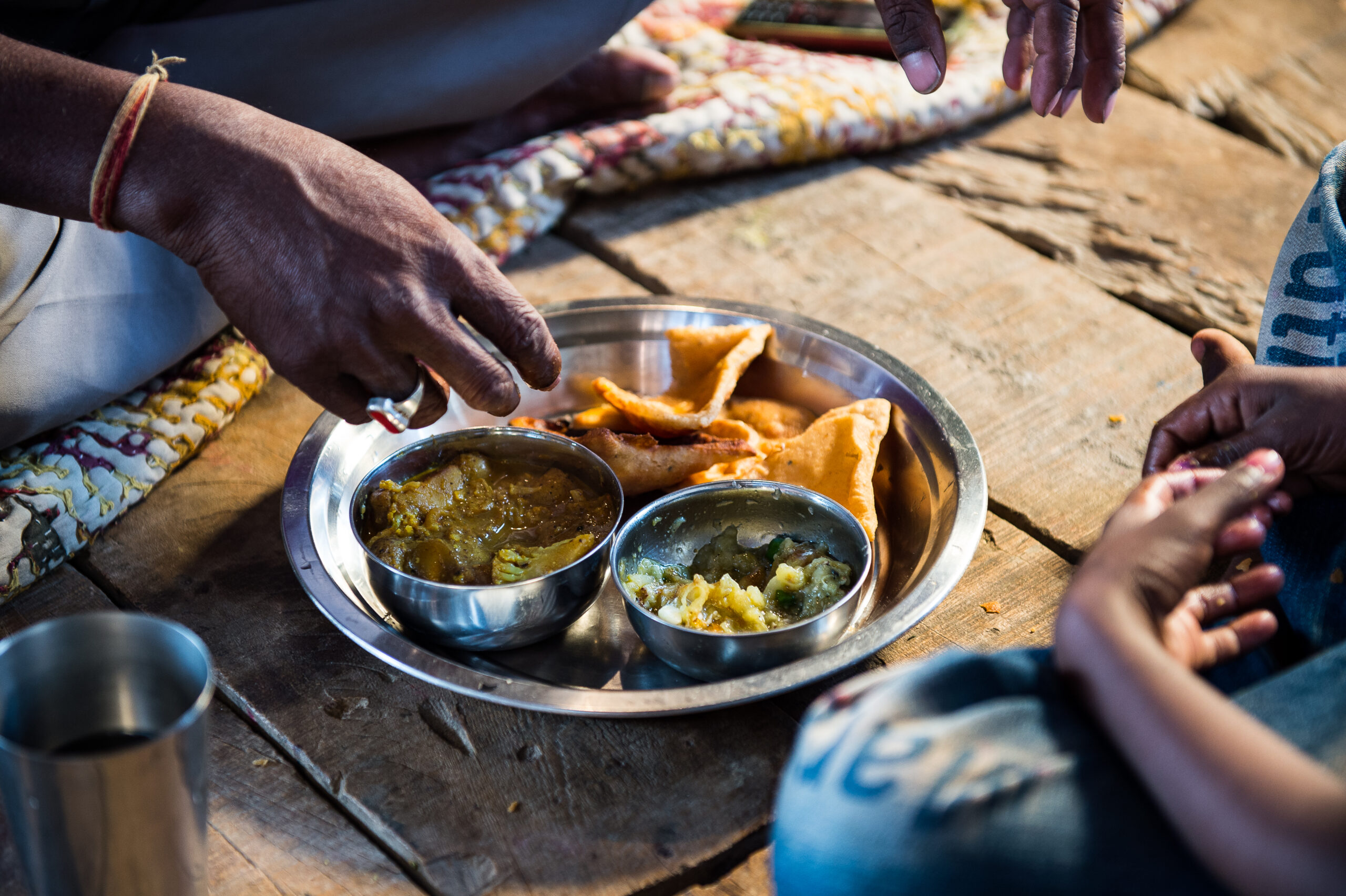
Ending the vicious cycle of diarrhea and malnutrition: examples from Southeast Asia

Poor families can struggle to afford staple foods, let alone nutrient-rich foods like vegetables, when prices increases. Photo: PATH.
In this time of post-pandemic economic recovery, many countries are confronting concurrent multiple challenges including high inflation, adverse weather conditions due to El Niño, and difficulties importing food due to conflict-driven challenges. The global price of rice has hit a 12-year high. Communities already living with poverty and malnutrition bear the brunt of this cost-of-living crisis. According to UNICEF, 148 million children less than five years old are stunted and 45 million are wasted. These rising costs could worsen the nutrition intake status of the children and threaten to put them at risk of diarrheal diseases.
Inflation contributes to malnutrition
With inflation causing food prices to rise, families with limited incomes find it difficult to afford a balanced and nutritious diet. Their budgetary constraints force them to change dietary choices to more calorie-dense but nutritionally poor foods, resulting in nutrient deficiencies. A study in Bangladesh revealed that food price inflation is among the socioeconomic factors that significantly increases stunting, along with several other socioeconomic factors. A similar story is unfolding in Pakistan.
Malnourished children are more vulnerable to diarrhea
Children in low-income countries suffer from diarrhea, which deprives them of nutrition to grow. Most under-five-year-old children with malnutrition live in Africa and Asia, and that malnourishment makes them more vulnerable to diarrhea and more likely to get severe diarrhea for a longer period. A study conducted among cholera-affected children in urban areas of Bangladesh found that, compared to well-nourished children, malnourished children are more susceptible to infections, including those causing diarrhea. Malnourished children can also suffer from long-term gut damage called environmental enteropathy, a condition where unabsorbed nutrients pass out of the body, the immune system is dysfunctional, and a chain reaction of malnutrition and diarrheal disease feed each other in a vicious cycle.
Breaking the vicious cycle
Because malnutrition and diarrhea are inextricably related, we can apply a multi-faceted approach to ending their vicious cycle.
Food Fortification: When inflation in food prices persists, accessing a nutritious diet becomes harder. Fortifying staple foods like flour, rice, edible oil, yoghurt, and table salt with nutrients like vitamin A, B12, iron, zinc, folic acid, iodine, allow people who lack purchasing power to afford a nutrient-rich diet. The costs to fortify food is minimal. If food processors are unwilling to do so, governments could provide subsidies to the food processors so that consumers can access nutrient-rich food in a cost-effective way. There’s opportunity to raise awareness among policymakers and consumers about how malnutrition can promote intestinal infections and how fortifying food can reduce that. In Indonesia, the effect of food fortification on reducing micronutrient deficiency presented promising results.
Social Safety Net Programs: To mitigate the impact of high food prices, policymakers can focus on targeted social safety net measures, such as the Asian Development Bank’s recent work in Bangladesh to ensure food security and meet the nutritional needs of vulnerable populations promote local agricultural production.
Prevention and Treatment: An integrated approach to prevent and treat diarrheal disease is the ideal way to address the vicious cycle of diarrhea and malnutrition.
Families facing financial strain due to high inflation are often forced to live in overcrowded and unsanitary conditions. While communities invest in long-term preventative measures like the availability of clean water, sanitation, and hygiene (WASH), providing rotavirus and cholera vaccines provides immediate protection. WASH and vaccines supplement each other and can together build stronger long-term protection against gut infections that contribute to childhood chronic diarrheal disease, environmental enteropathy, the malabsorption of nutrients, and compromised immune function.
To promote health and development in infancy, governments, workplaces, and communities must provide support mothers need to allow exclusive breastfeeding for the first six months, complemented with hygienically prepared nutritious foods throughout the child’s first two years of life.
When children become ill with diarrhea, they should be treated with a properly made oral rehydration solution (ORS) in addition to taking a dispersible zinc supplement in the form of a tablet or syrup for two weeks to shorten diarrhea duration and improve intestinal health.
The solutions to address child malnutrition are available, and implementing them is one of the best investments nations can make toward a healthy future.


